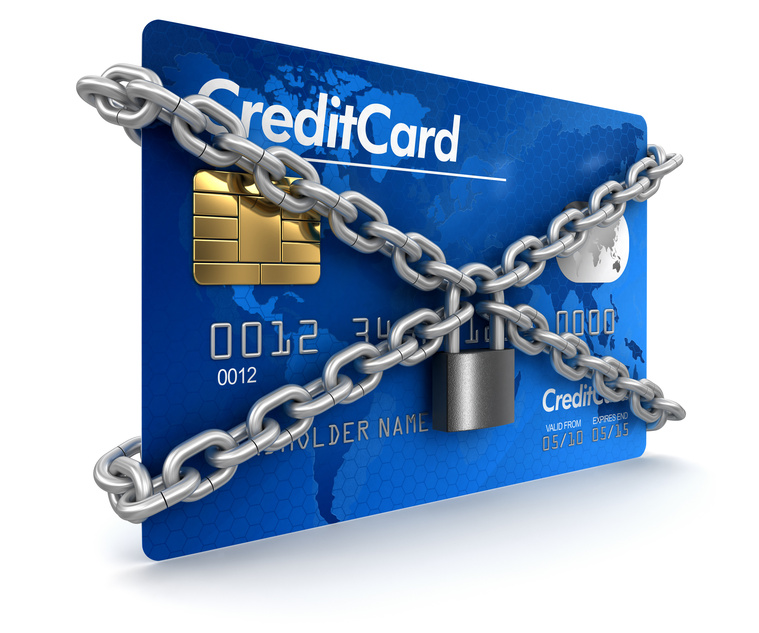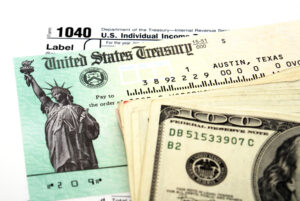On October 1, 2016, the EMV (Europay, Mastercard and Visa) standards will go into effect in the United States. At that time, all restaurants and other merchants are required to have implemented these standards, which primarily reflect a shift from magnetic-stripe credit cards to chip cards. If retailers don’t switch, they can potentially be liable for counterfeit fraud where in the past, the card issuer would accept that liability. As an individual, there’s not much you can do to prepare except sit and wait for your new bank and credit cards to come in the mail. But, you should be aware of the new technology that is coming and coming very soon.
This shift also requires that retail businesses purchase new ATM/Debit machines that include this “chip” technology. And, in turn, it requires all banks and major retailers to issue new cards to their customers.
Considered safer and widely used across Europe and in nations around the world, the chip-based cards require insertion of the card into a terminal for the duration of a transaction, a break here from our traditional swipe-and-buy behavior. During an offline transaction using the EMV chip card, the payment terminal communicates with the integrated circuit chip (ICC) embedded in the payment card. This is a break from the old method which involved using telecommunications to connect with the issuing bank. The ICC / terminal connection enables real-time card authentication, cardholder verification, and payment authorization offline. Alternatively, in an online EMV transaction, the chip generates a cryptogram that is authenticated by the card issuer in real time.
That’s just one way in which EMV changes things here—but it’s not the only way, nor is it the most important way. The main driver in the EMV migration is card-related financial fraud. One key component in the EMV discussion is its accompanying liability shift. This liability shift means that those issuers and merchants using non-EMV compliant devices that choose to accept transactions made with EMV-compliant cards assume liability for any and all transactions that are found to be fraudulent. MasterCard defines the liability shift this way: The party, either the issuer or merchant, who does not support EMV, assumes liability for counterfeit card transactions. Understand that by issuer, the card companies do not mean themselves; the term refers instead to banks, credit unions, and any other financial institution issuing credit or debit cards.
Liability is an emotionally charged power word with potentially huge and disturbing ramifications. Still, the threat of assumed liability does not mean that entities involved in card-based transactions must move toward EMV compliance immediately. What it does mean is that issuers, acquirers, merchants, and others must start planning their course of action. For some, like ATM acquirers for which cross-border EMV transactions are minimal, accepting the risk imposed by the liability shift in favor of implementing compliance later might be the best strategy. For others, some EMV-related implementation is essential, so planning must begin soon, if it’s not underway already.
Advantages worth noting:
• Many of the ATM manufacturers have already changed over to EMV-compliant technology, reducing costs on this front.
• Chip-enabled cards, while initially more expensive to produce, have a longer shelf life than magnetic stripe cards, as well as being capable of ‘flash-updating,’ lowering their costs over time.
• VISA offers merchants who make the conversion an incentive package, relieving some of the financial burdens on that side.
• Adoption of EMV-compliant cards and devices is seen by many as a step toward wider adoption of mobile payment methods.
This chart shows timelines for comliance of Visa, MarterCard, Discover, and American Express.

These dates make one thing VERY clear. While EMV may not impact your business today, it soon will. Are you prepared? If you have any questions about this article, give us a call at Bressler & Company — 559.924.1225.











